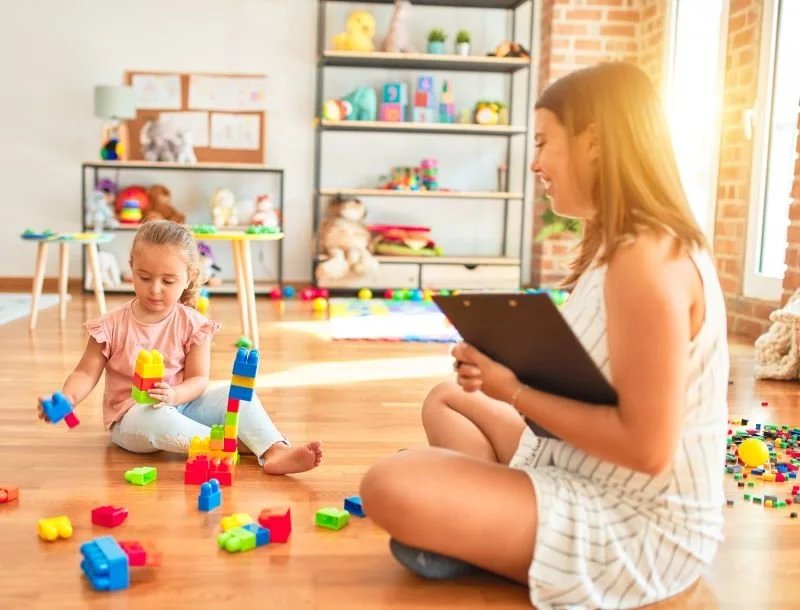Research into
Play Therapy
Research is an integral part of the play therapy profession. With over 80 years of history, play therapy research has been providing evidence of positive impacts on clients across ages, ethnicities, presenting issues/needs, settings, and countries. If you are interested in the science behind what we do, there are five comprehensive meta-analyses that validate the efficacy of Child-Centred Play Therapy (CCPT), two of which are highlighted here:
Bratton et al. (2005): Analysed 93 controlled outcome studies conducted between 1953 and 2000.
Lin and Bratton (2015): Analysed 52 controlled outcome studies conducted between 1995 and 2010.
These studies confirm CCPT as an empirically validated and highly effective approach, offering statistically significant and meaningful improvements for children facing a wide array of emotional and psychosocial challenges.
Summary of Key Findings
Overall Effectiveness:
Bratton et al. (2005) demonstrated a large treatment effect size of 0.80, while Lin and Bratton (2015) reported a moderate effect size of 0.47. Both findings highlight CCPT’s statistically significant impact on children’s emotional and behavioural wellbeing.
Developmentally Appropriate for Young Children:
CCPT is particularly effective for children aged 7 years and younger, with an effect size of 0.53. Its design as a developmentally responsive therapy provides young children with a natural medium of expression through play.
Effectiveness Across Ages and Issues:
CCPT demonstrates adaptability and responsiveness across age groups, genders, and presenting concerns showcasing its adaptability and developmental responsiveness.
Key areas of impact include:
Global behavioural problems (effect size: 0.48)
Caregiver–child relationship stress (effect size: 0.59)
Self-efficacy and self-esteem (effect size: 0.63)
Processing and Emotional Regulation: CCPT allows children to process experiences and complex emotions using play as a natural form of communication, especially for children who struggle with verbalising their feelings due to age or developmental limitations.
Behavioural and Social Adjustment Improvements: CCPT is particularly effective in addressing behavioural challenges, enhancing social adjustment, and fostering emotional resilience, which are often critical concerns for parents, teachers, and caregivers.
When learning from play therapy research and what it means for the clients we serve, it is important to understand what play therapy is and what it is not. Play Therapy is the systematic use of a theoretical model to establish an interpersonal process wherein trained Play Therapists use the therapeutic powers of play to help clients prevent or resolve psychosocial difficulties and achieve optimal growth and development.
In addition, play therapy is NOT:
Not a place for children to just have fun. For children in play therapy, the process of exploring, experiencing, and working on what needs to be worked could be overwhelming and challenging.
Not trendy, gimmick-like, unestablished approaches, models, or protocols with play as a means to an end and not a key ingredient are not play therapy.
Not any therapy utilizing toys is play therapy. The intervention has to meet the definition of play therapy. Play therapy is an intentional and developmentally appropriate way of working with children that requires specialized training and supervision.
Not a modality that can be utilized by anyone who does not have proper training that meets the requirements and standards of a registered play therapy board.
Not random interventions that are labeled under the umbrella of play therapy. Instead, it is the intentional use of toys and theory to help a child heal, with a therapeutic relationship as the foundation.
Not a way to get children to talk. Talking may and often does occur through the natural progression of play therapy, yet it is not the most important objective.


